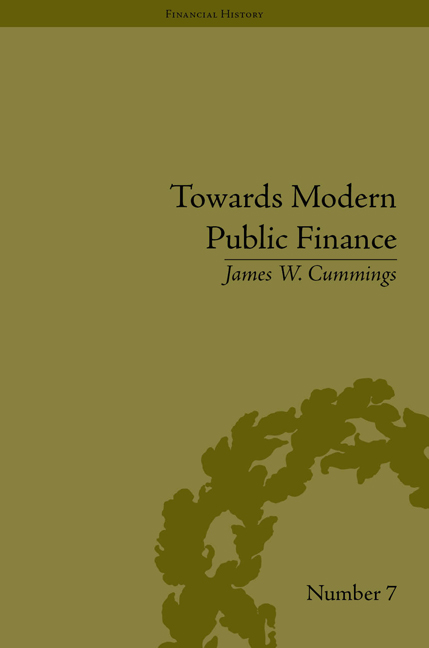Book contents
- Frontmatter
- CONTENTS
- List of Tables
- Introduction
- 1 Financial and Economic Background
- 2 Ideology, Revenue and Financial System
- 3 The Loan of 1846
- 4 The Loan of 1847
- 5 Mexico's Finances
- 6 Making War Pay: The Mexican Assessments
- 7 The Independent Treasury at War
- 8 The Loan of 1848
- 9 Mexican Indemnity and Bounty Land
- Conclusion
- Notes
- Works Cited
- Index
Introduction
- Frontmatter
- CONTENTS
- List of Tables
- Introduction
- 1 Financial and Economic Background
- 2 Ideology, Revenue and Financial System
- 3 The Loan of 1846
- 4 The Loan of 1847
- 5 Mexico's Finances
- 6 Making War Pay: The Mexican Assessments
- 7 The Independent Treasury at War
- 8 The Loan of 1848
- 9 Mexican Indemnity and Bounty Land
- Conclusion
- Notes
- Works Cited
- Index
Summary
At noon on 11 May 1846, following clashes along the Rio Grande River in south-west Texas, President James K. Polk forwarded a war message to Congress claiming Mexican troops had ‘invaded our territory and shed the blood of our fellow citizens on our own soil’. The violence followed months of military and diplomatic provocation on the part of the American government and frenzied anti-American rhetoric by the Mexican press and people. News of the fighting arrived in Washington at a propitious time. The belligerency of the Polk administration had created a crisis on two fronts. Though anxious to compromise, the British were greatly aggrieved by demands for the termination of the joint occupancy of the Oregon Territory and American occupation up to the 54° 40' line. They were prepared to defend their rights by force if necessary. In spite of the possibility of hostilities with Great Britain, the administration had resolved on war as the only way to break the impasse with Mexico. The failure of John Slidell's mission had recently dashed hopes of settling the Mexican claims issue and purchasing all or part of California. Fortunately for Polk, the British submitted a proposal to the American minister, acceptable to most Americans, on 18 May 1846, ten days before news of the hostilities along the Texas–Mexico frontier reached London. By this narrow margin Polk avoided the possibility of engaging his nation in a two-front war.
The attack by Mexican cavalry on United States dragoons east of the river provided an excellent opportunity to blame Mexico for the crisis. The American public's indignation came from the portion of the message regarding the shedding of American blood. Many of Polk's fellow citizens, much of the international community and, certainly, every Mexican doubted whether the scraggly land between the Neuces and Rio Grande Rivers had really become part of the United States on the annexation of Texas.
Polk could, and did, argue effectively that war existed and, therefore, Congress must recognize that fact and ‘place at the disposition of the Executive the means of prosecuting the war with vigour, and thus hastening the restoration of peace’.
- Type
- Chapter
- Information
- Towards Modern Public FinanceThe American War with Mexico, 1846–1848, pp. 1 - 8Publisher: Pickering & ChattoFirst published in: 2014

